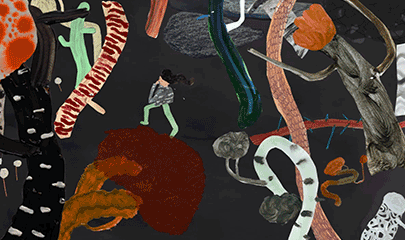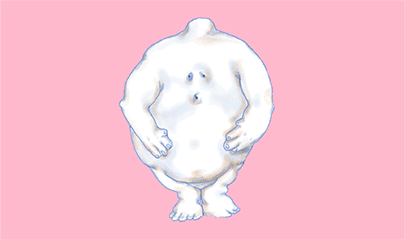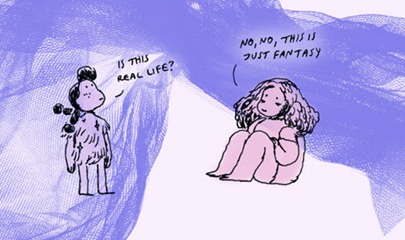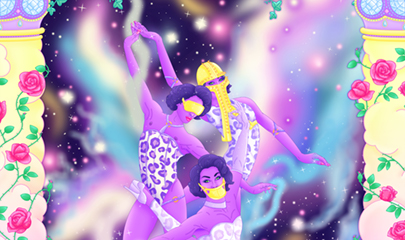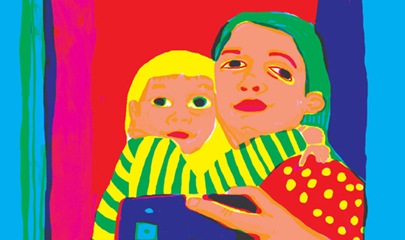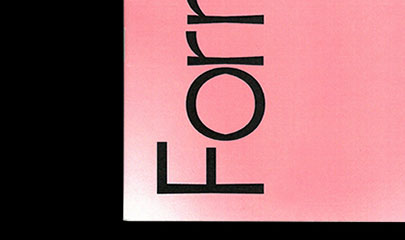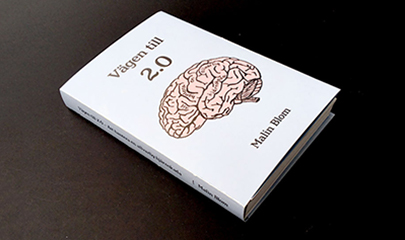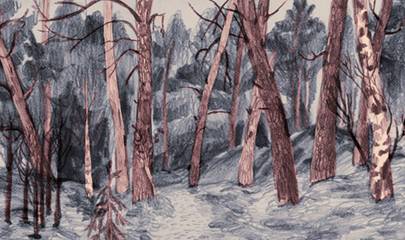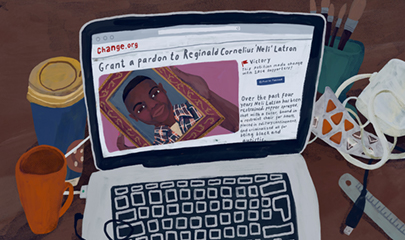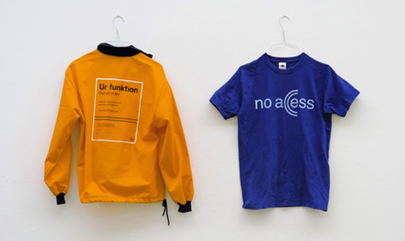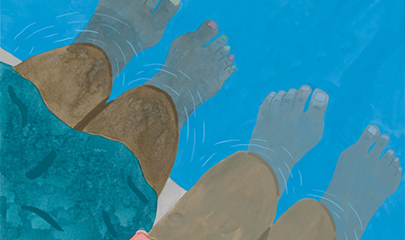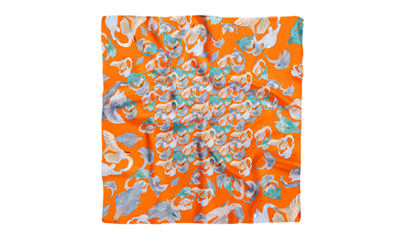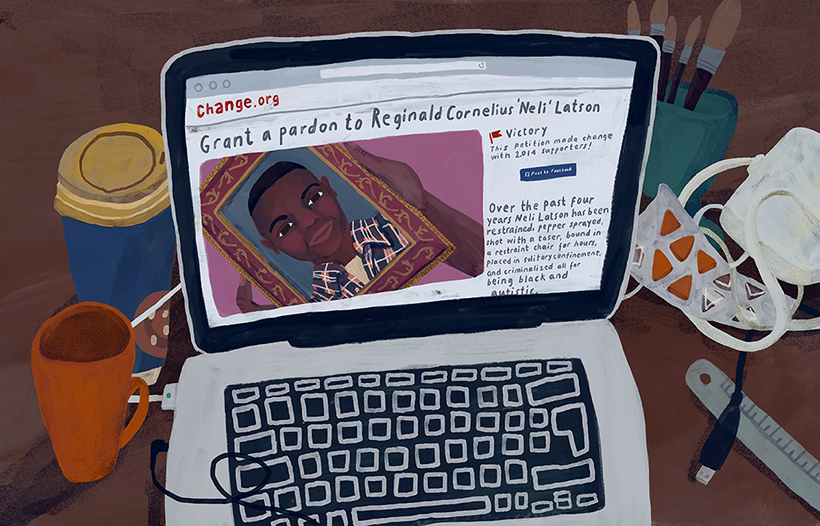
Free Neli
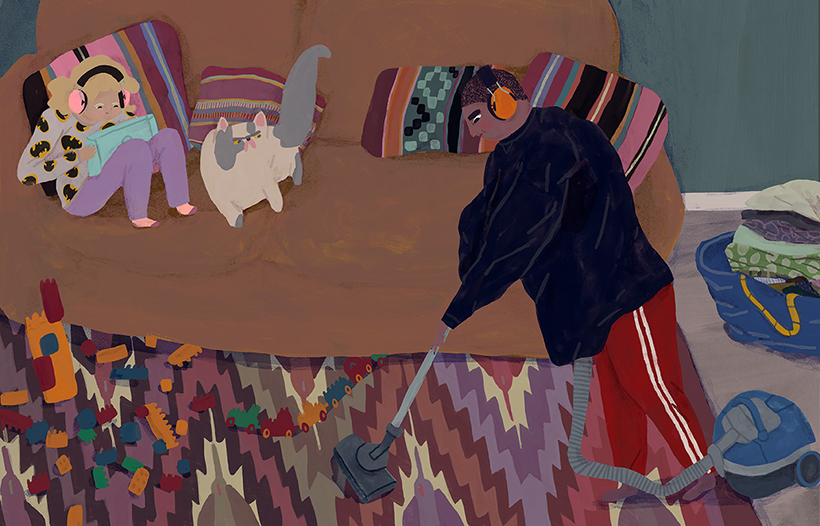
Heavy
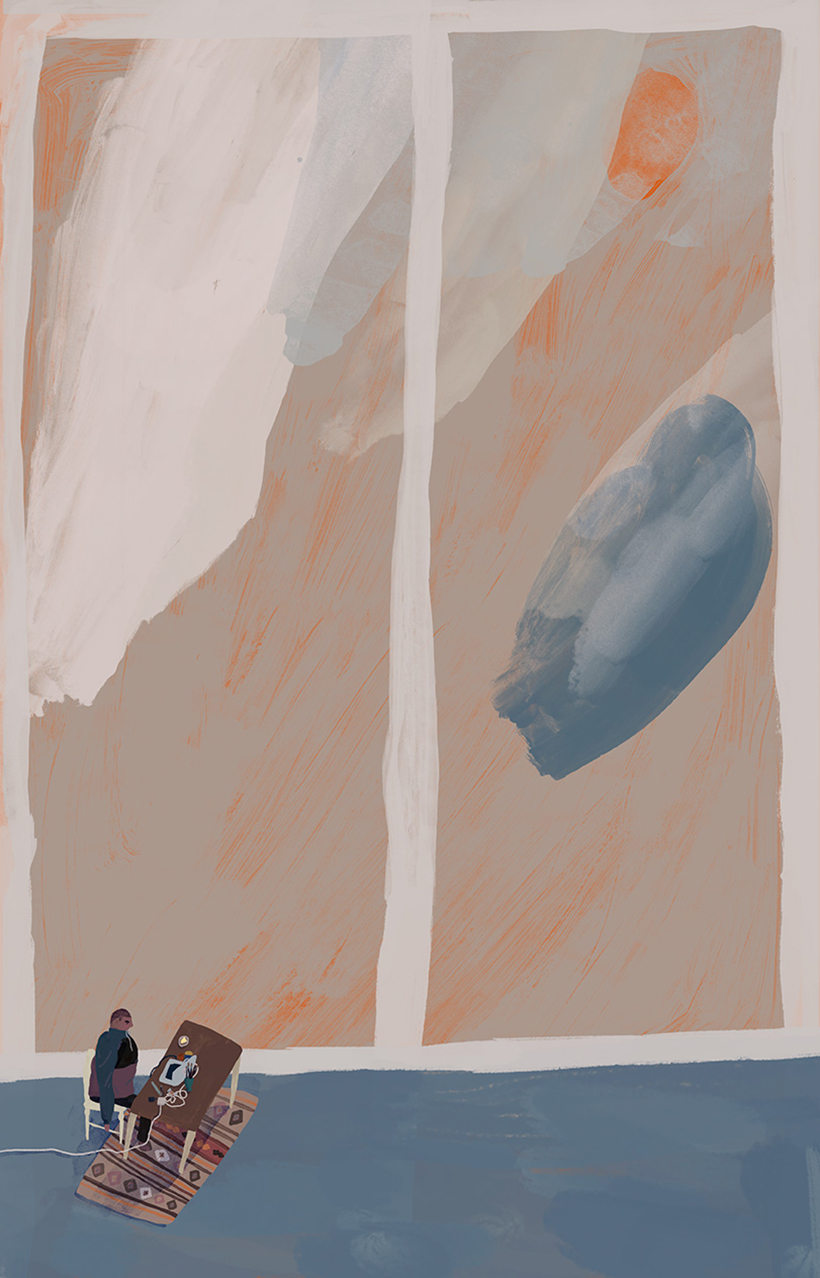
Strategies
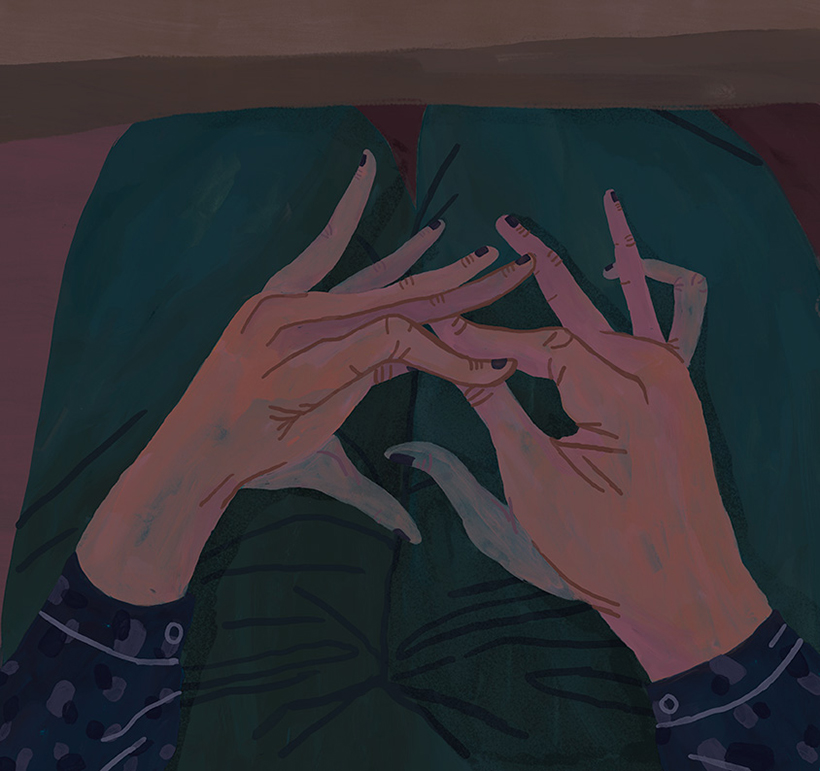
Stimming
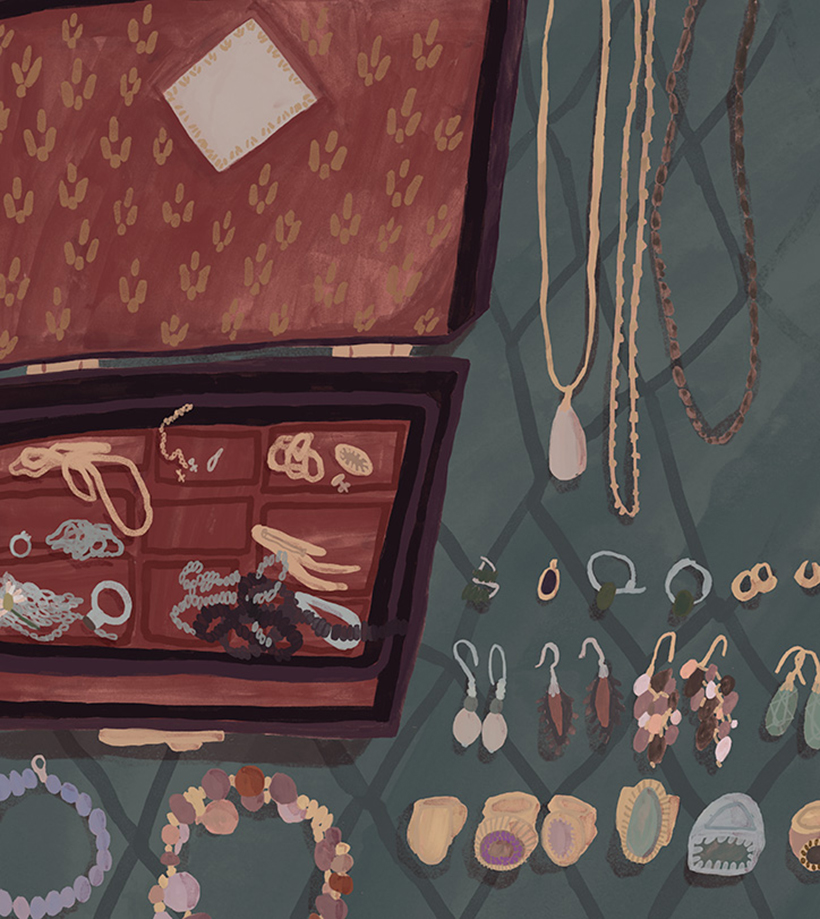
Mom
My Autistic Practice
“So, this is me trying to use words to describe my work which is about me not liking words. I realised early on that my best way of communicating, the language that I felt most comfortable using, was images. But I also learned words early. I was so young that I almost don’t remember it, but I do remember lying on the floor of my room. I had green paper in front of me and then, all of a sudden, I started putting down words on it. “TL MAMA”. The reason why I was able to just put down words on my green paper, right then and there, was that I had been collecting all of them in my head before. Every day, my whole life, I captured the words and put them in my head as pictures. I traced the outlines of them with my finger against my leg. To me words are images. You can’t speak images, but you can draw them. That is why I draw. I draw all the time. “
Every time I draw, I am wholly autistic. Every time I do anything, or don’t, I am wholly autistic.
We get functioning labels. Diagnostic criteria. A diagnosis on the autistic spectrum is only defined by medical terms and also only describes how the autistic person differs from the rest of society from a neurotypical point of view. It ignores the reality of the autistic’s experience. Experiences of autistic adults. Autistic women. Being an autistic person of colour.
Identifying as autistic is politically meaningful to me. But I lack autistic culture. I need the communal act of forming safe, separatist spaces for ourselves. All autistics are welcome here.
My Autistic Practice
“Okej, det här är alltså jag som med ord försöker beskriva mitt arbete som handlar om att jag inte gillar ord. Jag förstod tidigt att mitt bästa kommunikationssätt, det språk jag var mest bekväm med, var bilder. Men jag lärde mig ord tidigt också. Jag var så liten att jag knappt minns det, men jag minns att jag låg på golvet i mitt rum. Jag hade grönt papper framför mig, och plötsligt hade jag börjat fästa ord på det. “TL MAMA”. Att jag plötsligt kunde fästa ord på grönt papper, just där och just då, var för att jag hela tiden samlat dem i huvudet innan dess. Varje dag i hela mitt liv har jag fångat ord och lagrat dem i huvudet i form bilder. Deras konturer har jag ritat med fingret mot mitt ben. För mig är orden bilder. Bilder går inte att uttala, men de går att rita. Det är därför jag ritar. Jag ritar hela tiden.”
Varje gång jag ritar, är jag helt autistisk. Varje gång jag gör någonting, eller ingenting, är jag helt autistisk.
Vi får funktionsetiketter. Diagnoskriterier. En diagnos på autismspektret definieras endast i medicinska termer och beskriver endast hur den som är autistisk skiljer sig från resten av samhället ur ett neurotypiskt perspektiv. Den struntar i den autistiska erfarenhetens verklighet. Autistiska vuxnas erfarenhet. Autistiska kvinnor. Vara autistisk och rasifierad.
För mig är det politiskt meningsfullt att identifiera mig som autistisk. Men jag saknar autistisk kultur. Jag behöver gemenskapsaktionen att bilda säkra och separatistiska utrymmen för oss själva. Här är alla autistiska välkomna.

